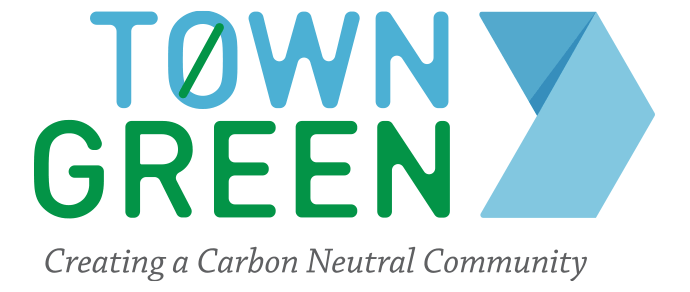Climate change is a complex problem that requires many different solutions. CO2 emissions in the atmosphere have reached 410 parts per million (ppm), which is up from 350 ppm 30 years ago. The increase is largely responsible for the planet’s warming. In an effort to draw down the excess amount of carbon over 350 ppm, energy-efficiency and clean-energy measures are important, but they alone will not address the impacts of global warming. An additional “drawdown” strategy is needed.
A natural solution
Nature, it turns out, is one of the most effective approaches. According to The Nature Conservancy, 30 percent of the climate change goals established at the 2015 Paris Climate Convention can be achieved by storing carbon in forests, wetlands, and agriculture soils (also known as carbon sinks). This process is called “carbon sequestration.”

Source: Interrelationship between forests and Climate Change www.insightsonindia.com
TownGreen2025 partners with Reforest The Tropics (RTT), an organization on the forefront of innovative thinking about carbon sequestration. RTT works to address climate change through sustainable forestry and long-term, verifiable carbon sequestration. It has developed a comprehensive and holistic forestry model to offset CO2 emissions by converting deforested tropical lands to biologically and economically sustainable farm forests. RTT (and organizations like it) play a big role in helping Cape Ann achieve net carbon neutrality. It does this by selling “carbon offsets.” Carbon offsets are key because no matter how much individuals incorporate efficiency and clean energy into their lives, getting to net zero carbon emissions can be very difficult.
Take action
- Learn about the importance of "nature" as a solution to climate change.
- Support Reforest The Tropics (RTT). Learn more about RTT’s work with tropical rain forests and how the Cape Ann community can support this effort.
- Purchase carbon offsets. If you must fly or drive long distances, consider purchasing carbon offsets which support projects that reduce the amount of greenhouse gas emissions in the atmosphere.



